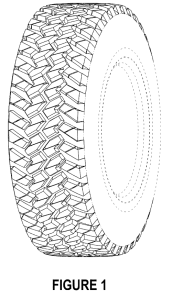In a recent decision, the Federal Circuit addressed several key issues in intellectual property litigation, including the scope of "absolute litigation privilege" under Illinois law, trade dress functionality, and the consequences of discovery sanctions. Toyo Tire Corp. v. Atturo Tire Corporation, No. 2022-1817, 2022-1892 (Fed. Cir. Oct. 4, 2024).
The decision here is non-precedential, likely because it does not include any patent-law issues and thus is entirely based upon regional circuit law (here, the Seventh Circuit). Still, the case includes a number of interesting and important holdings. In this post, I focus on two particular issues: (1) the scope of privilege against being sued for defamation or other similar torts based upon statements made in a court proceeding; (2) the strong functionality doctrine that limits protection of trade dress on three-dimensional product design.
To continue reading, become a Patently-O member. Already a member? Simply log in to access the full post.
